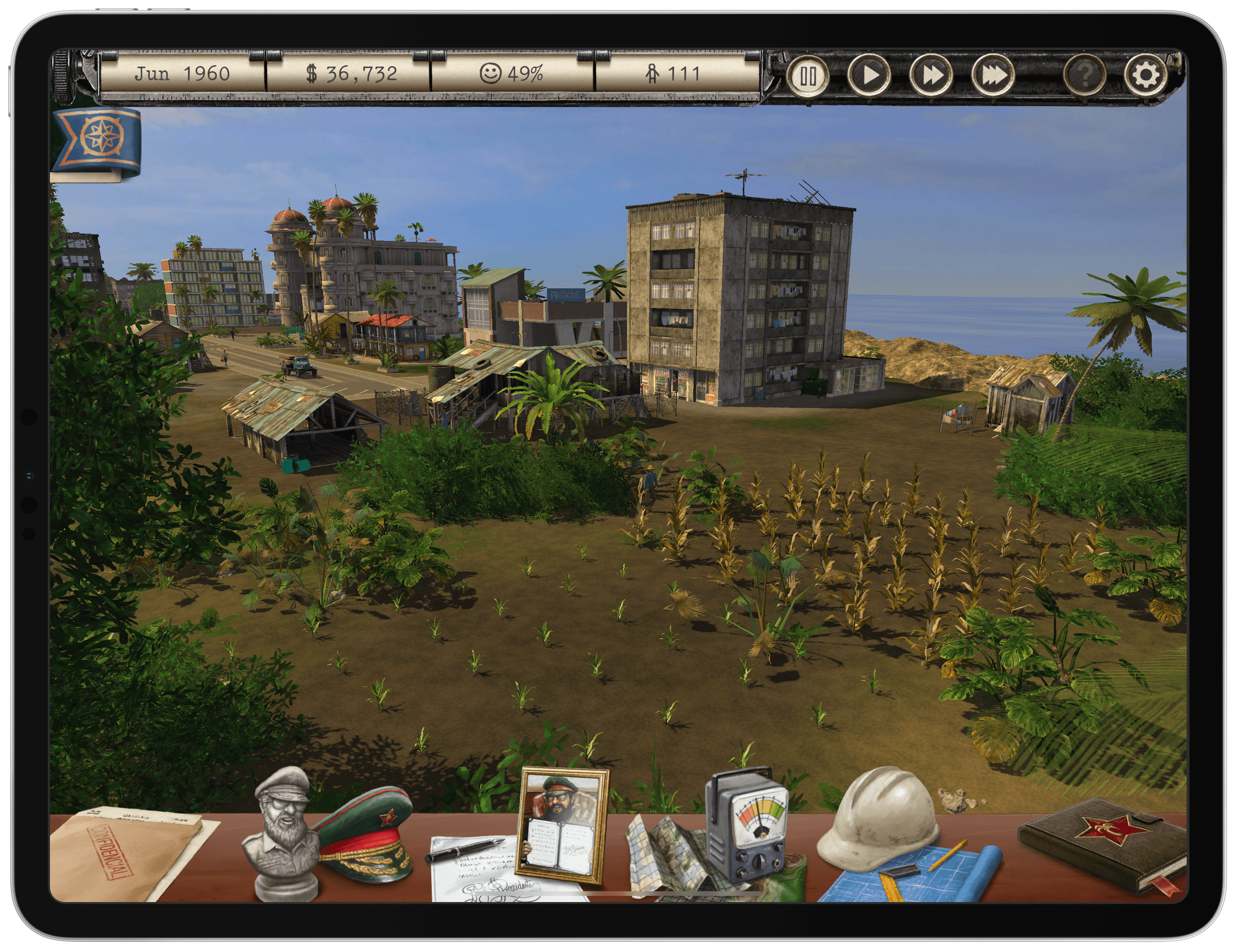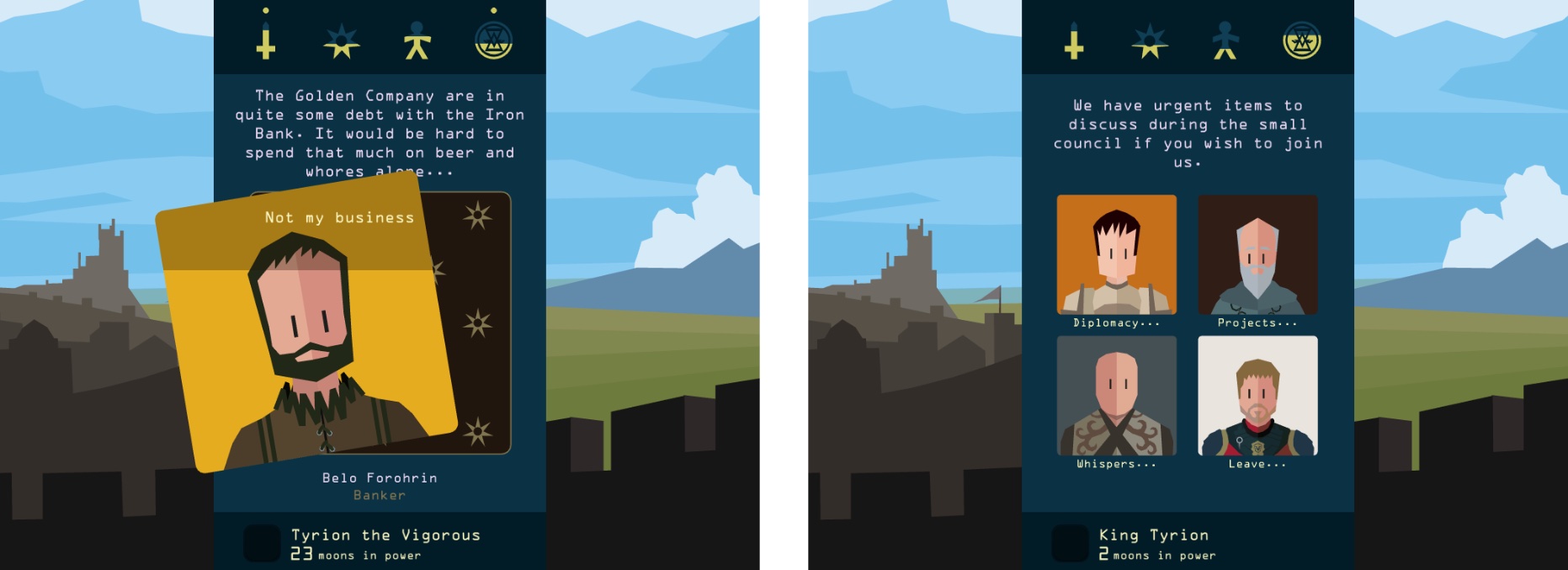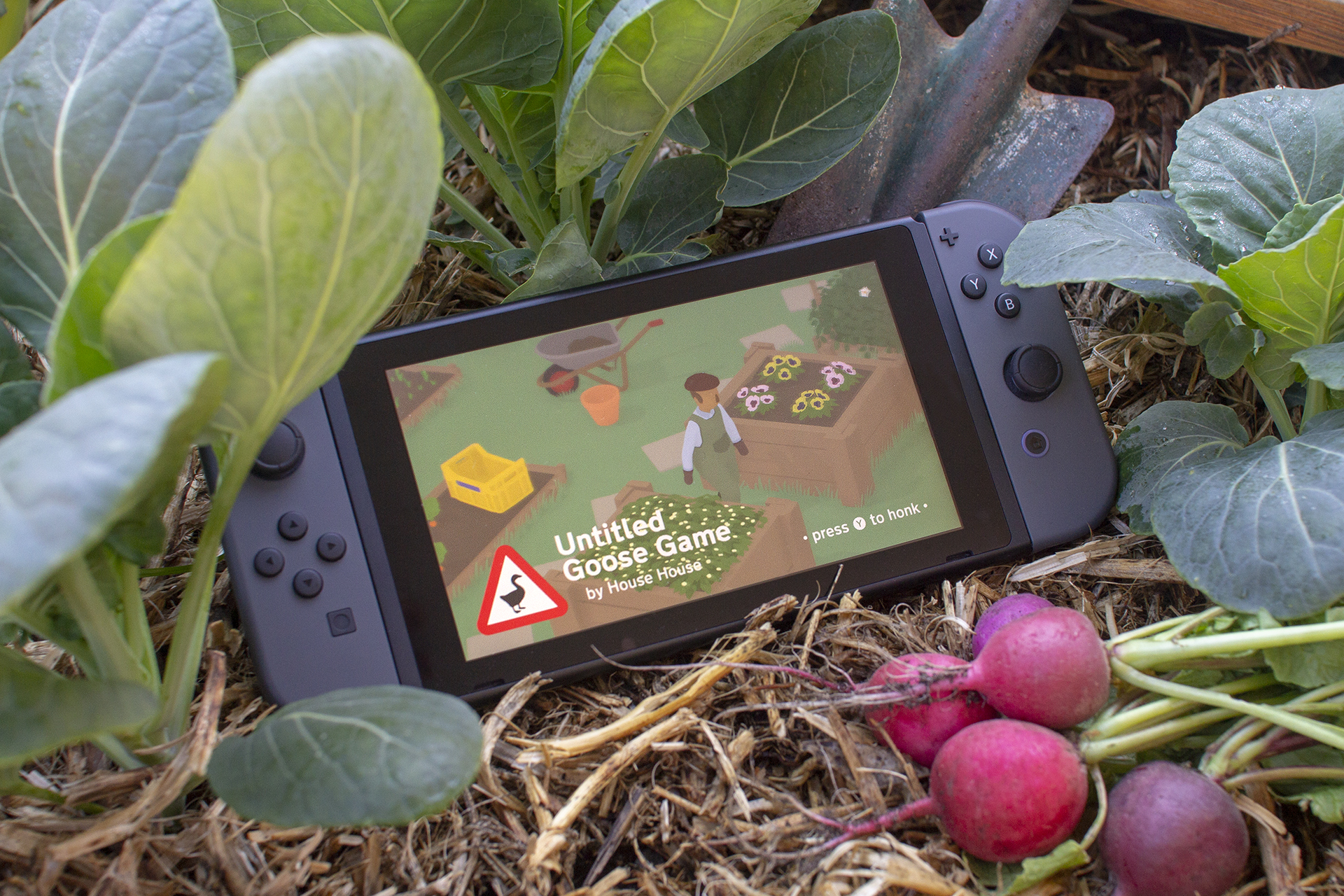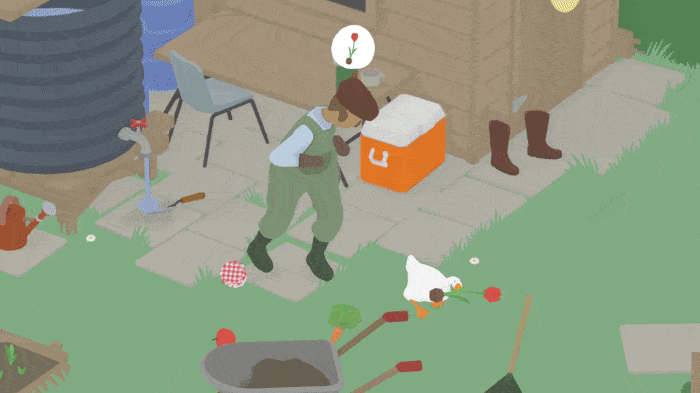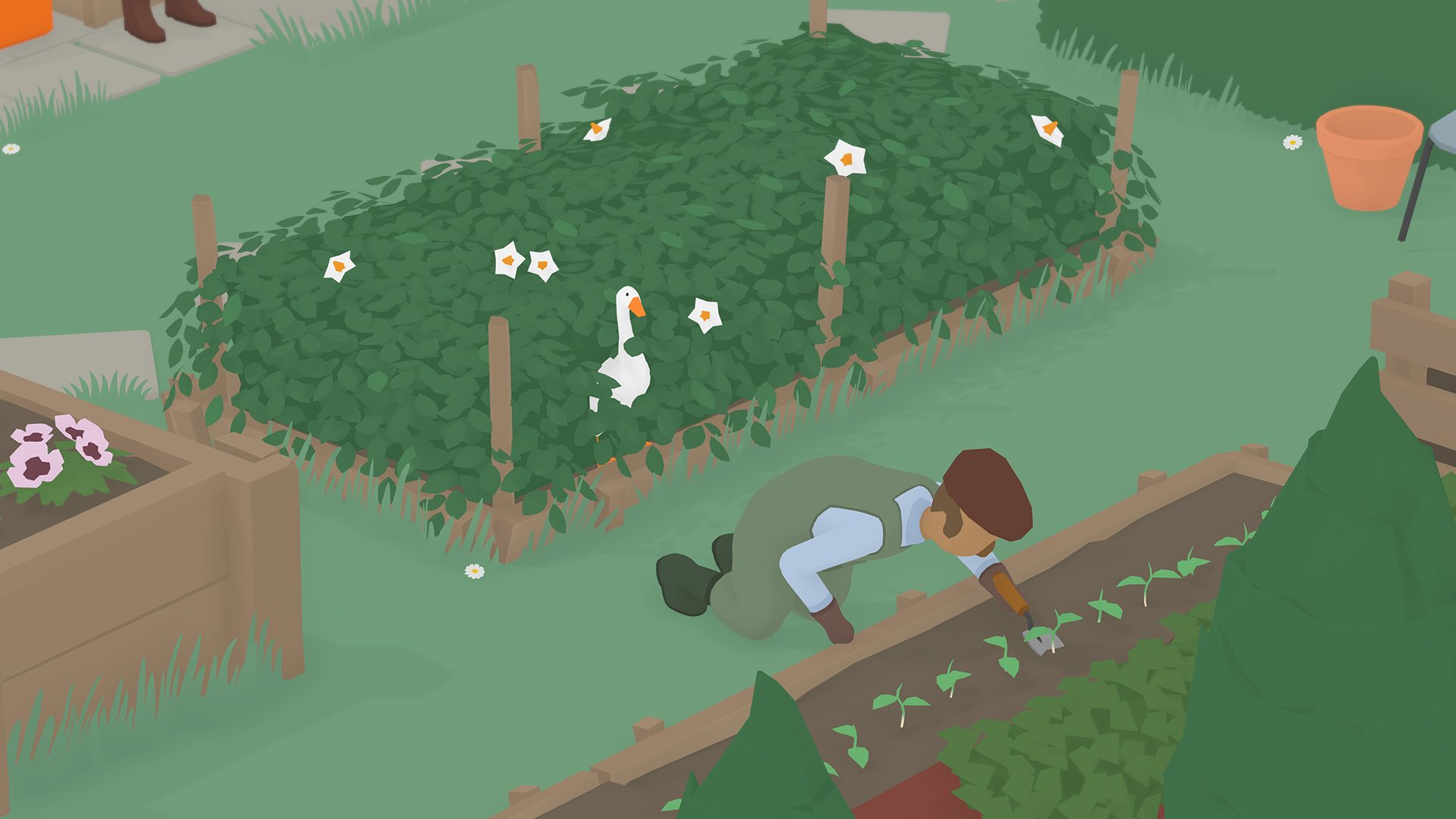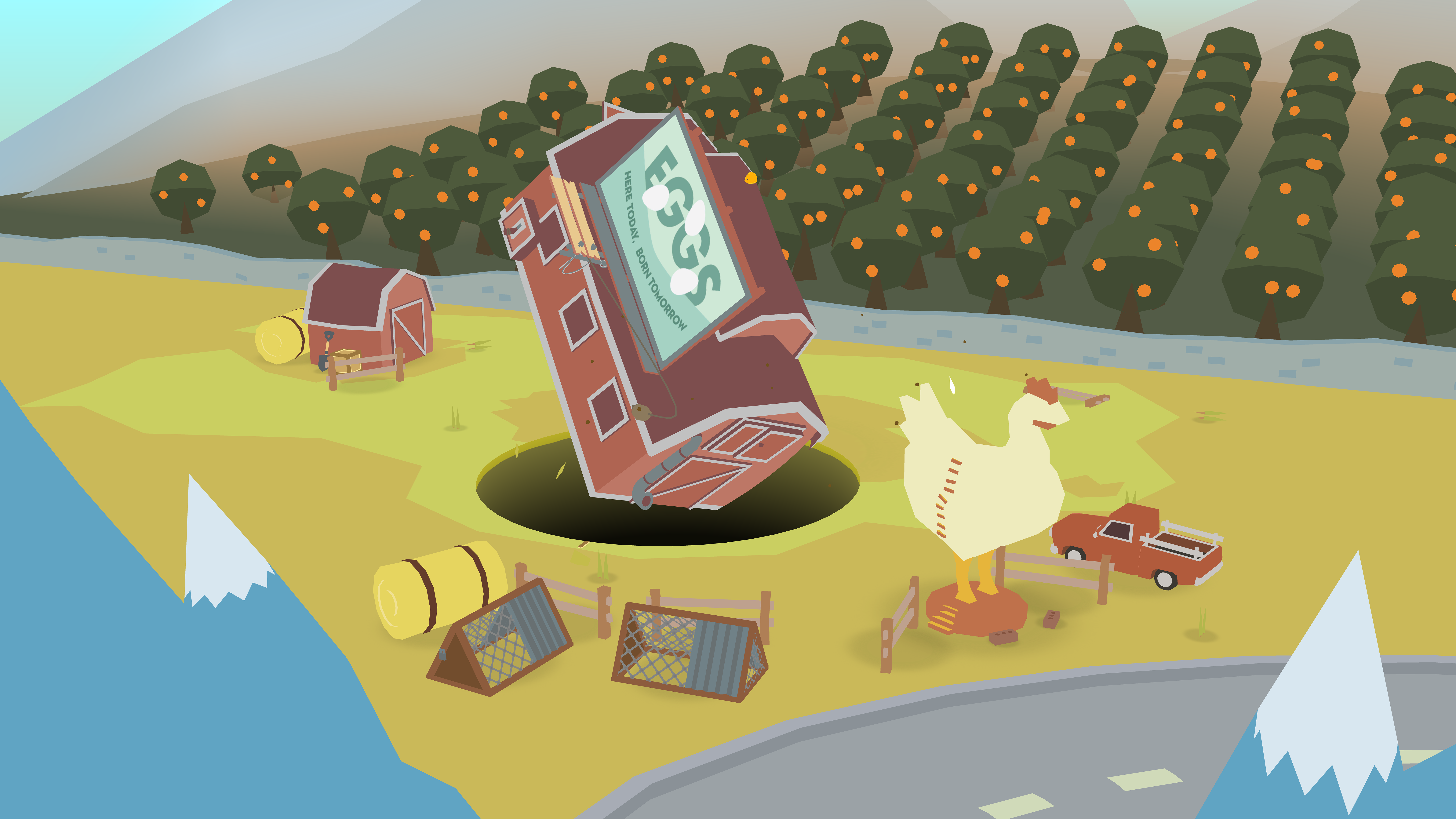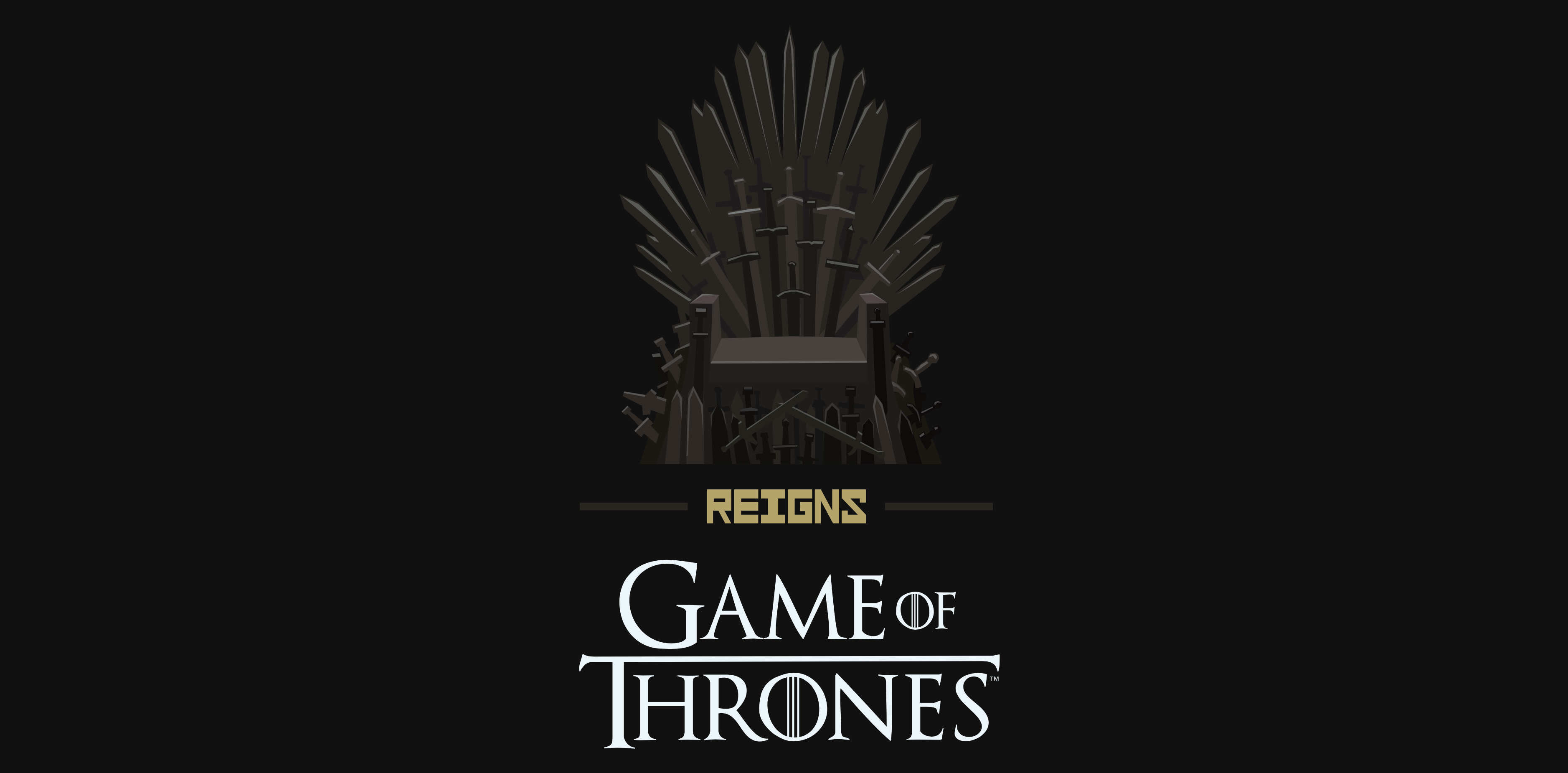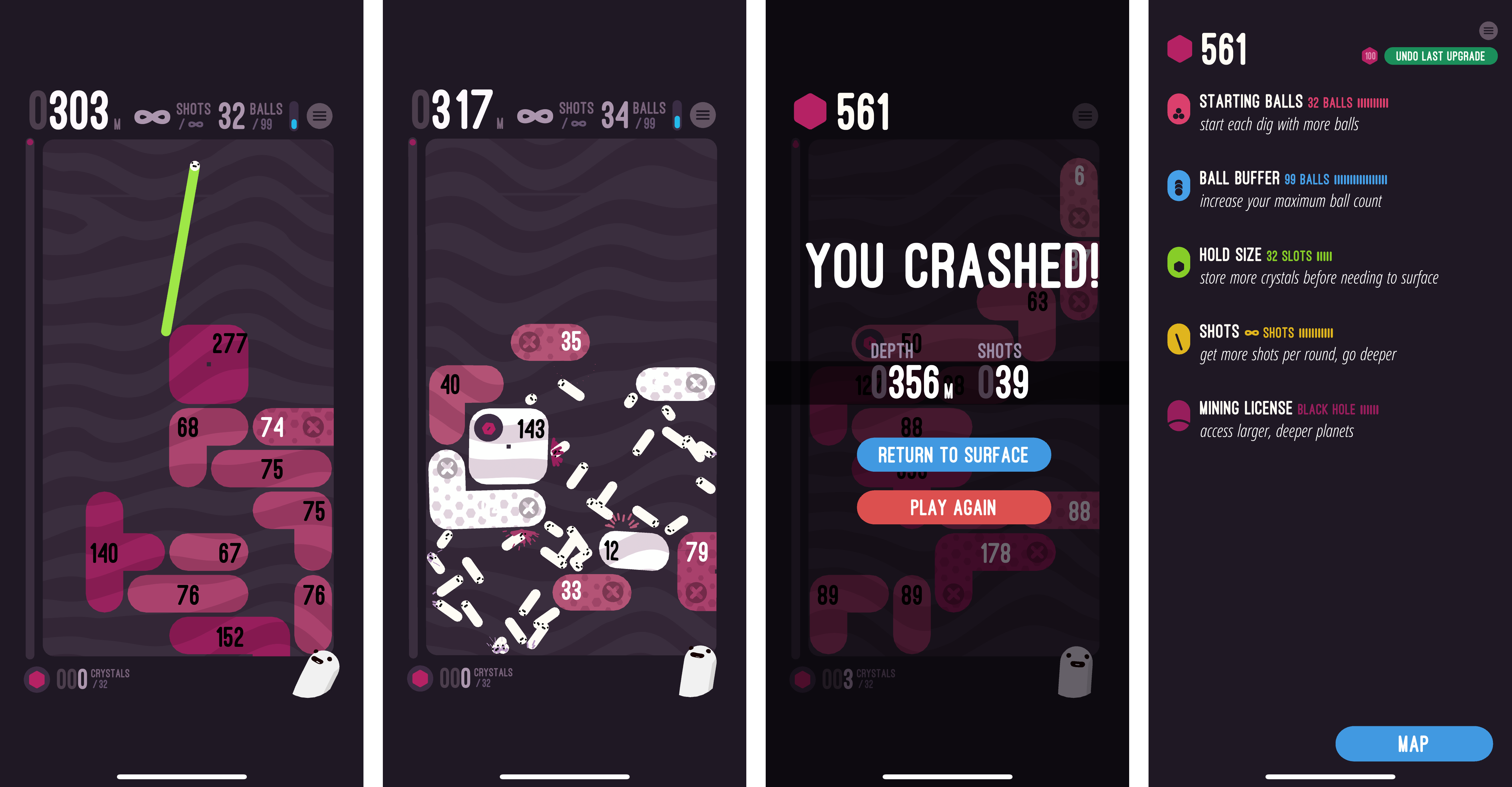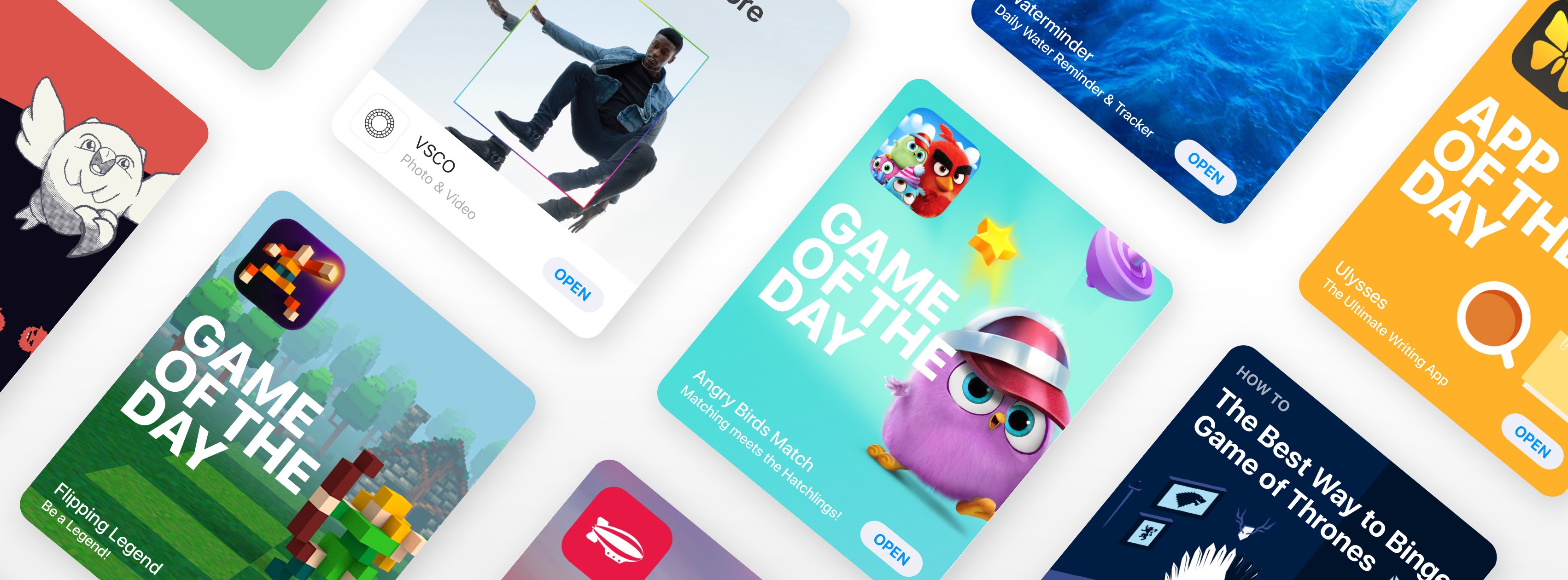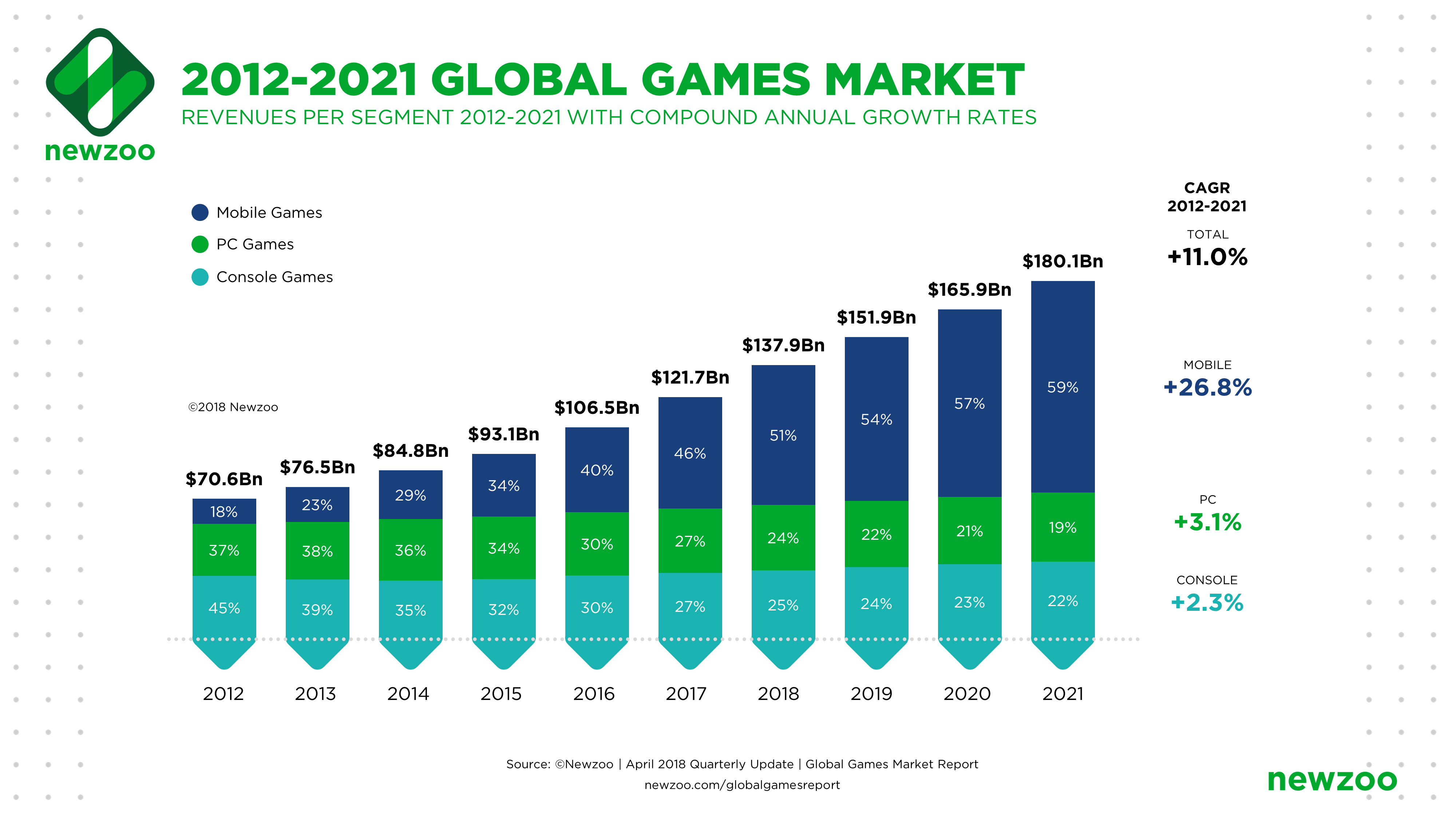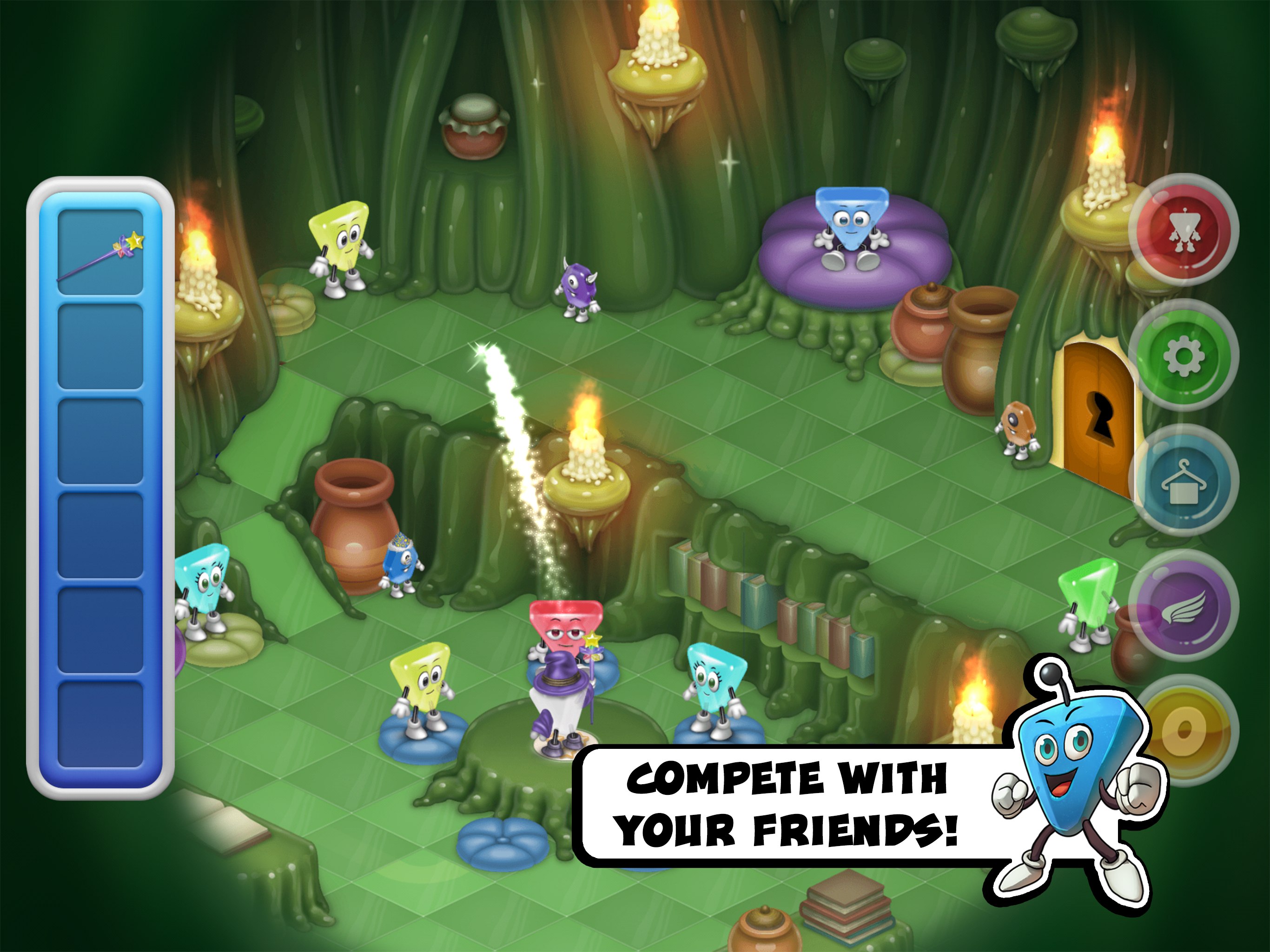Tropico is a franchise that’s been around since 2001, but today marks its first time on an iOS device courtesy of Feral Interactive. Ruling a banana republic in the Caribbean as El Presidente is a natural fit for the iPad’s touch interface. Whether you’re navigating around your island nation or building out its infrastructure, touch makes the interaction with the game’s environment feel natural and tactile in a way that pointing and clicking with a mouse or trackpad can’t. Add a steady pace of challenges to overcome as a leader, and the results are terrific.
Posts tagged with "games"
Game Day: Tropico for iPad
Reigns: Game of Thrones Review
With Game of Thrones on hiatus before its eighth and final season, fans can get their fix of their favorite characters and join in the intrigue with Reigns: Game of Thrones, which was developed by UK-based Nerial and published by Devolver Digital. The announcement of the game in August came as something of a surprise because it’s not often that a media company the size of HBO entrusts the characters and story behind one of its most popular shows to a small independent game studio. At the same time, however, the combination felt like a perfectly natural evolution of the Reigns series. Reigns: Game of Thrones, which was released today, doesn’t disappoint.
The State of Gaming on the Apple TV→
Samuel Axon of Ars Technica published an article over the weekend about the state of gaming on Apple TV, inspired by the recent demise of Minecraft on the platform. In it he shares quotes from notable iOS and tvOS game developers about Apple’s problems with the Apple TV as a gaming platform.
On the subject of Minecraft, Team Alto developer Ryan Cash said:
“If I were in charge of the game…I think I’d really try to stay there. While the platform certainly isn’t the biggest, it continues to grow, and it’s a great way for certain types of audiences to experience gaming, often for their first time.”
Strange Flavour’s CEO Aaron Fothergill expressed similar sentiments, highlighting how easy it is to port a game from iOS to tvOS. He did, however, share one common request for the platform:
“I…like the idea of game controllers (ideally Apple ones) being bundled with the Apple TV as an actual Apple option. So there’s an Apple TV being sold specifically for games.”
Finally, developer Patrick Hogan shared three things he believes Apple should do:
- Include an Apple-branded, full-featured controller with every Apple TV.
- Market the Apple TV as a gaming platform.
- “Spend a lot of money on funding platform exclusives, ports, and presence at every major gaming expo and conference to break the chicken-egg problem of getting customers to make it viable to devs.”
Gaming is clearly an area where Apple could have more success if it wanted to. Producing a controller to bundle with the Apple TV, even if it were just included with certain SKUs of the device, wouldn’t be that difficult for the company. Clearly it’s just something that the execs in Cupertino don’t want to pursue at this time.
It could be challenging bridging the gap between the touch-first games of iOS and potential controller-first titles on the Apple TV, but if Nintendo can walk that line successfully with the Switch, I don’t doubt that Apple could do the same. Until such a strategy shift takes place though, Apple TV gaming is likely to remain stuck in mediocrity.
Panic to Publish Untitled Goose Game by House House in Early 2019 on Switch, Mac, and PC
Panic, well-known in the Apple community for its beautifully-designed Mac and iOS apps, announced today that it is teaming up with Melbourne-based House House to release Untitled Goose Game, which made a splash last fall when it released pre-alpha gameplay footage on YouTube. The game will be published by Panic in early 2019 and be available as a Nintendo Switch exclusive and on the Mac and PC.
This is how Panic describes the game in its press release:
In Untitled Goose Game, it’s a lovely morning in the village and you are a horrible goose. Combining sandbox-style experimentation with slapstick-style schtick, it’s beautiful, puzzling, somewhat stressful, and above all else, funny as heck.
As the trailer below hints, Untitled Goose Game requires players to use a combination of stealth and puzzle-solving skills to complete tasks, while aggravating the humans around them.
Untitled Goose Game was featured by Nintendo today in one of its periodic Nintendo Direct livestreams that highlighted several new indie titles coming to its Switch console in the upcoming months. The game will also be available to Mac and PC users via Steam.
This is House House’s second game, but its first Switch title. In 2016, the studio released Push Me Pull You, on Sony’s PS4 and PCs.
Panic got its start as an indie game publisher with Firewatch, a critically-acclaimed game from Campo Santo that was released in 2016. Cabel Sasser, co-founder of Panic, said of today’s announcement:
We’re crazy excited to work with House House to bring this funny, good-feeling game into a sometimes bad-feeling world. There’s something so nice about the simple joy of laughing and causing mischief that we know will delight video game-playing families everywhere.
Untitled Goose Game has been highly-anticipated since House House released pre-alpha footage late last year. Interest in the game has continued to build throughout 2018. According to Polygon:
…its simple gameplay and undeniably charming style made it one of the standout titles at the Day of the Devs showcase at GDC 2018.
Panic is will be showing off a playable early version of the game this weekend at PAX West in Seattle.
The announcement of Untitled Goose Game as a Switch exclusive further demonstrates the console’s popularity among indie game developers. I’ve been eagerly awaiting Panic’s next move as a game publisher, and the humor and charm of Untitled Goose Game make it feel like a perfect fit for the company.
Game Day: Donut County
Tomorrow, Donut County by developer Ben Esposito will be published by Annapurna Interactive, which also backed the critically-acclaimed Florence. The game, which was announced in 2014, but has been in development since 2012, tells the story of a raccoon named BK, his friend Mira and an assortment of other characters from Donut County who are trapped 999 feet beneath the surface of the Earth. You play by manipulating a hole that grows as you move it across the landscape swallowing objects. If the premise sounds strange, that’s because it is, but it also works through a combination of a clever game mechanic, funny writing, and engaging sound design and artwork.
Reigns: Game of Thrones for iOS Announced and Is Available for Pre-Order
Today, Nerial and Devolver Digital announced that they are working with HBO to create a Reigns: Game of Thrones, which is available for pre-order now. Reigns, and Reigns: Her Majesty are among my favorite iOS games. Both Reigns games require players to swipe cards left and right to make decisions about ruling a medieval country and require a careful balancing of multiple interests to survive as monarch.
As I said in my review of Reigns, which I also named one of my favorite games of 2016:
Reigns is perfect for mobile…. Swiping left and right to make decisions about your kingdom is quick and easy wherever you are. The combination of the number of cards, consequences that span generations, and need to balance multiple statistics adds an interesting level of strategy. But above all else, what has endeared Reigns to me most is that the artwork and questions are imbued with a sense of humor that gives Reigns a unique personality unlike any iOS game I have played recently.
Nerial’s follow-up, Reigns: Her Majesty, took the successful formula of Reigns and evolved it to create a deeper more immersive experience than the original.
The same team that created Reigns: Her Majesty is back for the Game of Thrones version, which features characters from HBO’s hit TV series. To get a sneak peek at the game, which will be released in October, Nerial has created a trailer, which is embedded below.
Reigns: Game of Thrones can be pre-ordered now from the App Store for $3.99.
Game Day: Holedown
It’s not often that a game grabs me and won’t let go the way Holedown has. Once I started playing, I couldn’t stop. I have the iOS 12 Screen Time reports to prove it. Even when I’d burned through all of the game’s levels reaching the final endless one, I kept coming back for more. Holedown has very quickly earned a spot as one of my all-time favorite iOS games.
Like most great mobile games, Holedown is simple. The game is a little like Breakout turned upside-down with a dash of pinball added. Each level begins on the surface of a planet. The object is to bore a hole through to the planet’s core by launching balls that bounce off of obstacles that advance up the screen with each turn you take. If the obstacles reach the surface without being cleared, you have to start over and try again with a new procedurally-generated level.
The obstacles moving up the screen are reminiscent of Tetris blocks, but each has a hit count that shows how many more ball collisions are necessary to take it out. Some blocks fall if the blocks supporting them are eliminated, but others have to be cleared regardless of the surrounding blocks.
As you launch balls, they bounce off the blocks and sides of the screen. It doesn’t take long to get the hang of the precise aiming that is done by dragging your finger across the screen. When you’re ready to shoot, lift your finger and the balls go careening across the screen bouncing helter-skelter off everything in their way.
As you play, you collect crystals. Holedown is a one-time, paid-up-front game, so the only way to collect the crystals is to play the game over and over. There is no In-App Purchase. As you collect crystals, they can be exchanged for enhanced gameplay like the ability to fire more balls at the start of each turn, take more shots per level, and more.
As you play, Holedown tracks the depth of your mine, your progress towards the core of the planet, how many balls you can shoot at one time, and how many shots you have left. It’s information that serves the dual purpose of showing where you are in the level and helping you plan your next move.
When you get to the final level, called the Black Hole, there is no core and you can shoot an unlimited number of balls at the obstacles. The only goal left is to see how deep you can mine before the blocks crash to the surface. I finished the other levels of Holedown over the course of a Saturday afternoon, and though I’ve been playing the Black Hole level for over a week now, the challenge of seeing how deep I can dig and the perfectly balanced gameplay have keep me coming back over and over.
Holedown also benefits from a strong dose of quirky personality. There’s a little mascot that sits in the corner of the screen smiling and watching you play. If you tap it, the little creature responds with things like ‘eat your vegetables,’ ‘seize the means of production,’ and ‘work, work.’
The music plays a big role in Holedown’s feel too. The catchy electronic soundtrack pairs perfectly with the sound effects, both of which react to events in the game, which adds further life to the gameplay.
Holedown is a perfect example of a well-designed mobile game. Even if you’re deep into a long session, you can quit at any time and pick up where you left off later without losing any progress. Combined with the quirky, fun gameplay, it’s one of the hardest games to put down that I’ve ever played on iOS. If you haven’t tried it yet, Holedown should be at the top of your must-play-games list.
Holedown is available on the App Store for $3.99.
Game On: A Decade of iOS Gaming
Nowhere has the App Store’s impact been more profound than the game industry. Roughly one-third of the 500 initial apps that debuted on the App Store were games. The percentage of games on the App Store has risen over the past 10 years, but not by much. By some estimates, between 35 and 40 percent of the App Store’s apps are games today. What has changed is the size of the Store. With over 2.1 million apps currently available for download, that means around 800,000 are games.
Mobile gaming has become the primary driver of growth in the game industry over the past several years. According to a recent report by Newzoo, the mobile game industry, in which iOS plays a central role, will be a $100 billion market in just three years time.
The success of games on iOS parallels the phenomenal success of the iPhone and App Store. The iPhone’s hardware played a significant role with its novel design that provided game developers with the flexibility to experiment. Just as important, though, was the advent of In-App Purchases. Games, like other apps, were originally free or paid. When In-App Purchases came along, a whole category of games that offered in-app, paid consumables, level packs, and other digital goods was born that has been wildly successful for many game developers.
Now, free-to-play games with In-App Purchases dominate the top grossing charts and a relatively small cadre of games soak up the majority of money spent on the App Store, making it harder than ever to succeed as a game developer on the App Store. It’s a familiar story faced by app and game developer alike. Notwithstanding the stiff competition in the games category though, the mobile game market’s sheer size has allowed creative, independent game developers to find ways to succeed on the App Store.
Perhaps most exciting of all though, the success of mobile games has led to an enormous influx of people into gaming who would never have considered themselves gamers. That creates a tremendous opportunity for Apple and game developers which has become all the more interesting as the constraints of early iOS devices have been replaced by hardware that approaches the capability of game consoles. Mobile games stand at a pivotal moment in time that has the potential to upend preconceptions about the distinction between mobile and other video games, but to understand what the future might hold, it’s instructive to start by looking at the past 10 years.
The Decade-Long Road to Trism 2→
Variety has an in-depth profile of Steve Demeter, the former Wells Fargo software developer who created Trism, one of the App Store’s earliest hit games.
Demeter became the face of the App Store gold rush for many people. His game, Trism, was one of the 500 apps that debuted on the App Store 10 years ago next Tuesday. The game, which incorporated the iPhone’s accelerometer, earned $250,000 in its first two months. With 3 million lifetime downloads, many at $4.99 each, Demeter quit his job as a developer at Wells Fargo to work on a sequel, eventually pouring all of the original game’s earnings into the effort:
Lost in the shadow of his initial success and worrying about a sophomore slump, the development of “Trism 2” became a nightmare cycle of starting and restarting, creating and destroying.
Eventually, Trism’s earnings dried up and Demeter got a job at Storm8 and later, FoxNext Games. Now, 10 years after Trism’s release, Demeter is releasing its sequel, Trism 2 to coincide with the 10th anniversary of the App Store with the help of FoxNext.
After all these years, it’s great to see Trism 2 launch, and the tenth anniversary of the App Store feels like the perfect time given it’s unique spot in App Store history. We’ve got special coverage of the App Store’s 10th anniversary coming from the entire MacStories team next week, so be sure to check back then.


